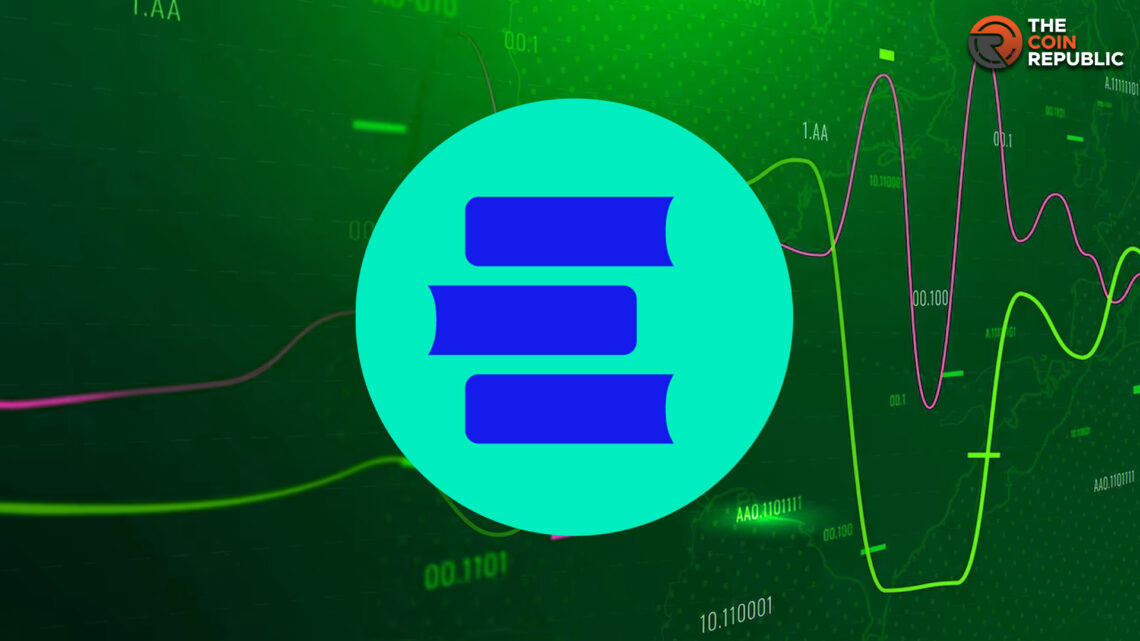- 1 Open Campus is a decentralized protocol that provides educational content.
- 2 Besides bringing blockchain to education, it forms a perfect system for content creation and profit distribution.
- 3 The protocol does a great job of integrating blockchain into the education sector.
Since the creation of crypto tokens, the world has seen a lot of them operating in different domains. From the finance to entertainment, the crypto has penetrated every single niche. With NFTs, the blockchain is getting even more prominent. As a result, there’s a token that’s revolutionizing every industry including EdTech.
Enter Open Campus
Open Campus is a decentralized protocol. It lets educators create and share tokenized education content. Users can create NFTs while using the ownership and promotional rights of the content. The platform has its native token called “Edu”. Token holders govern the protocol’s DAO to manage funding and operations.
The protocol uses smart contracts to distribute revenue among validators, co-publishers, and creators. A portion also goes to the EDU Foundation. This non-profit entity supports community, initiatives, and protocols upgradations. Moreover, it’s an on-chain revenue-sharing model makes the distribution highly fair.
Open Campus lets donors support education endeavors with smart contract donations. The donors can do it through sponsorships, scholarships, bounties, and grants. In return for the donations, the donors get recognition and tax benefits. To ensure compliance and quality, the protocol deploys a peer-review system. A panel of qualified EDU holders chooses the validators.
Along with earning rewards for good work, validators also face punitive actions for misconduct. Within a very short span, Open Campus has gained attention from other players in this space. Some of them are GEMS, Mocaverse, and TinyTap. These platforms facilitate the creation and distribution of educational content.
A Peep Into Open Campus Functionality
On Open Campus, creators have the liberty to use third-party tools. They can do it to produce content in different domains and formats. They can use GEMS, Mocaverse, and TinyTap to create interactive games while giving an immersive experience. The creators can submit their content for tokenization. If the content is approved, it is converted into NFT.
The creators have to pay the fee in EDU tokens to get the rights transferred. Furthermore, every publisher NFT has a fixed supply of copies. These copies are sold to publishers with a unique ID that grants access to any device or platform. Secondary markets are also good platforms for co-publishers to buy NFTs.
These co-publishers also manage content marketing content job to entertain the target audience. The protocol grants access to the content on any platform or device. However, they’ll have to pay the fee in EDU tokens for that. The fee amount is determined by the consent of co-publishers and content creators.
All the profits from the fee are distributed among validators, co-publishers, and creators. They’re distributed as per the smart contracts. The learners can rate and review the content and share feedback. To govern the platform, the EDY token holders use the Open Campus DAO. Its aim is to ascertain that the protocol works as per the stakeholders’ interests.
Conclusion
The Open Campus protocol is a great endeavor that combines traditional education with blockchain. A lot of people in the domain are already paying attention to this protocol. The future seems pretty promising for the protocol.
Mr. Pratik chadhokar is an Indian Forex, Cryptocurrencies and Financial Market Advisor and analyst with a background in IT and Financial market Strategist. He specialises in market strategies and technical analysis and has spent over a year as a financial markets contributor and observer. He possesses strong technical analytical skills and is well known for his entertaining and informative analysis of the Financial markets.


 Home
Home News
News









